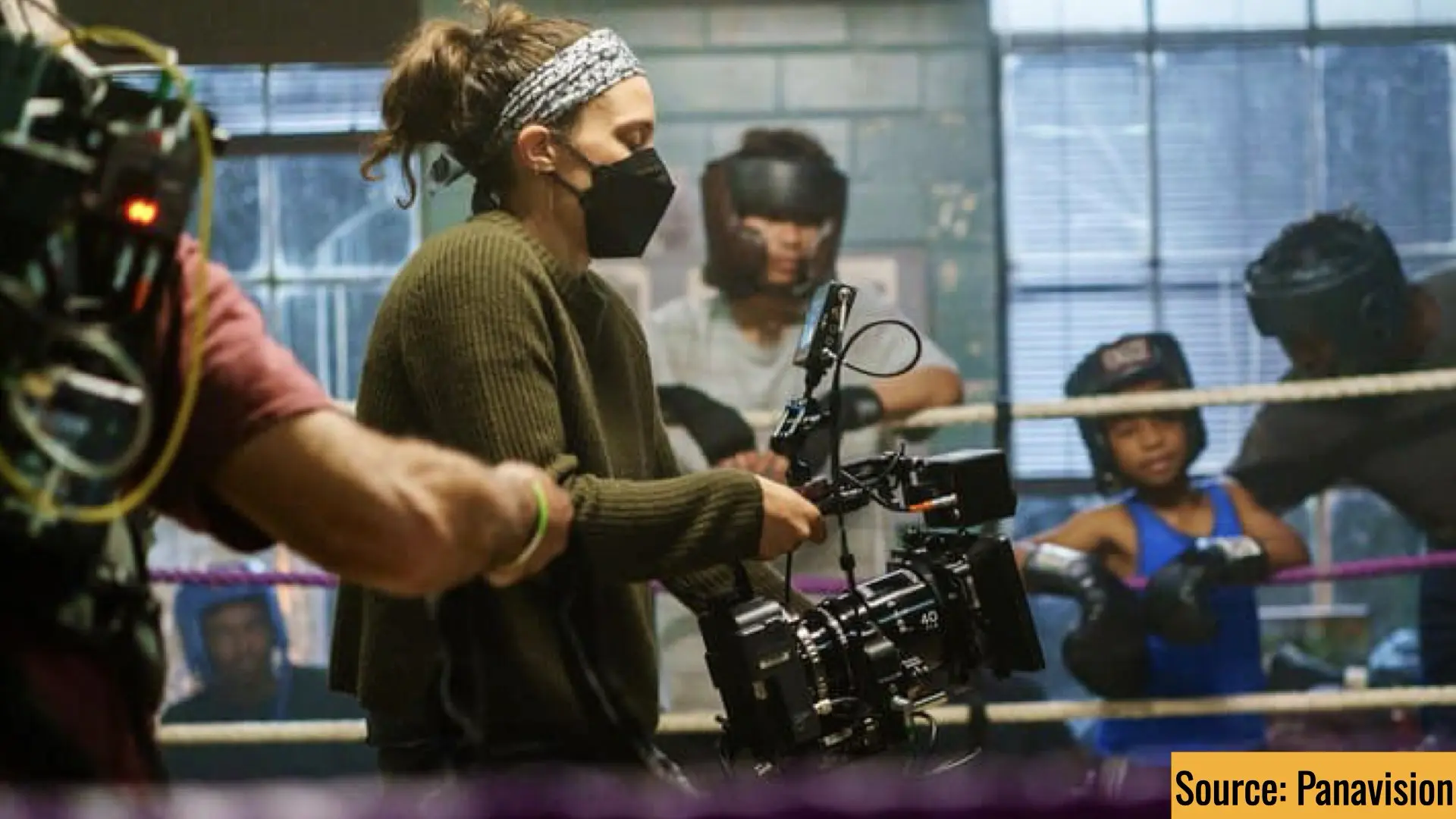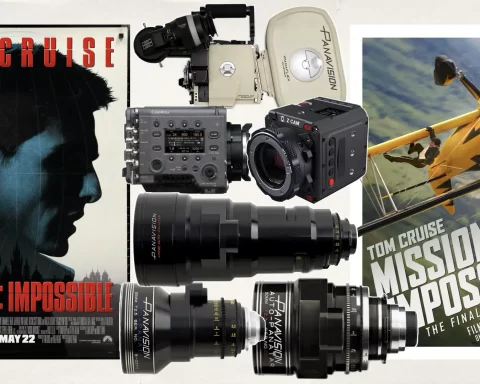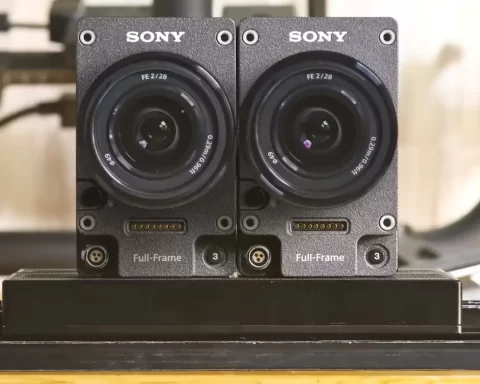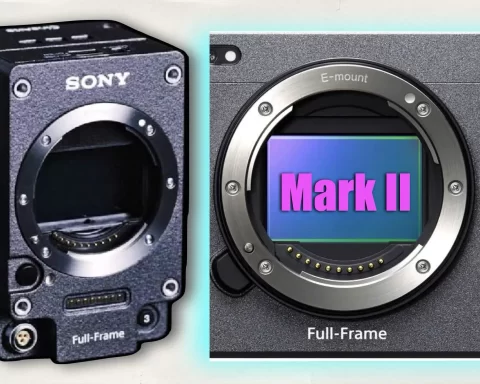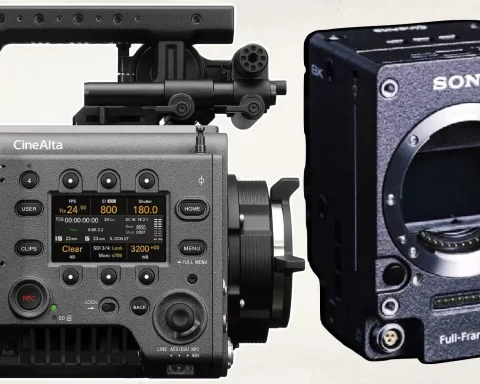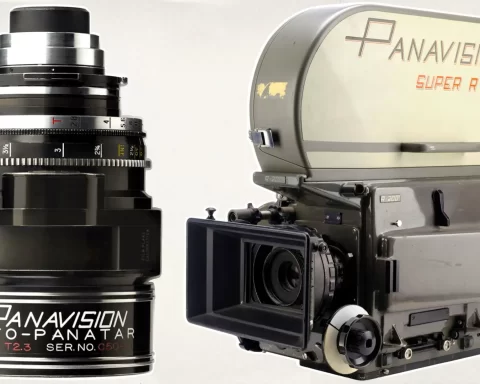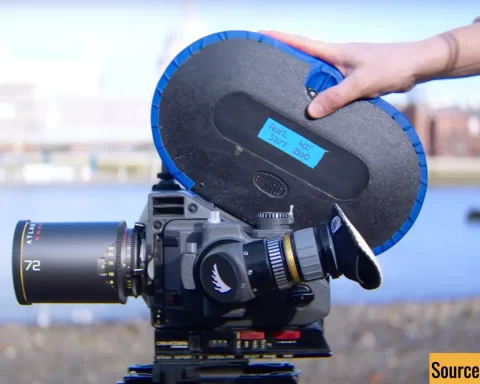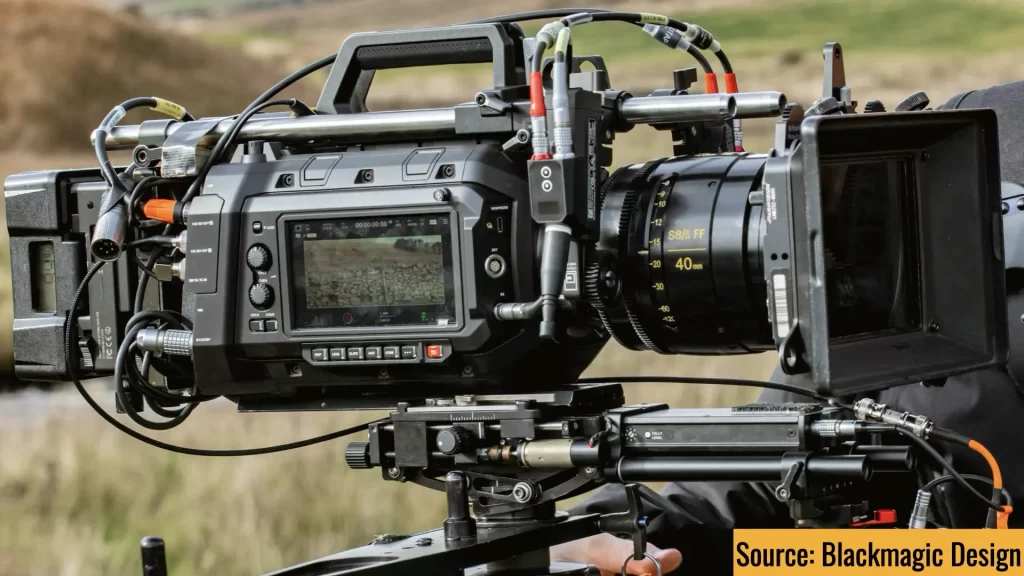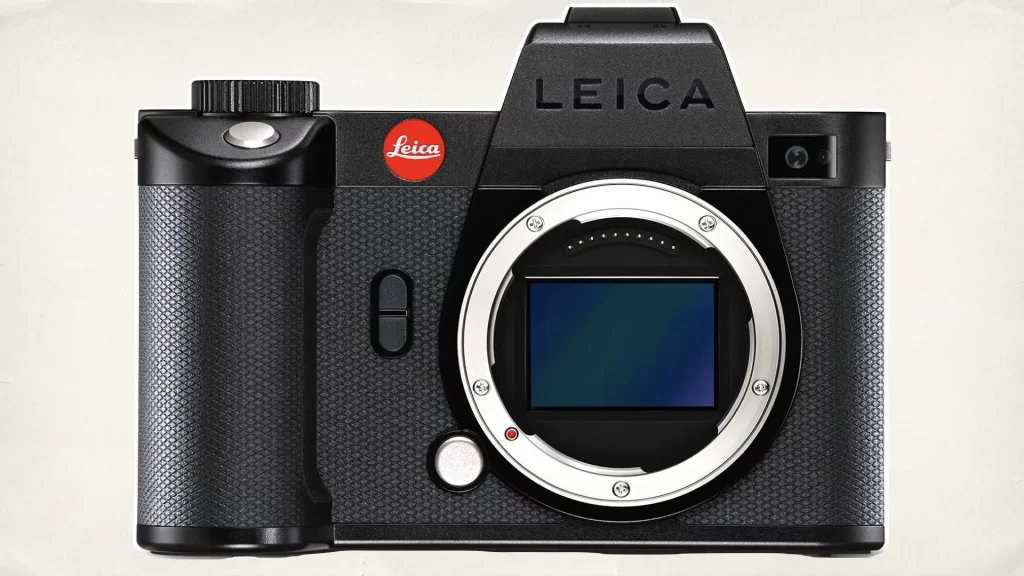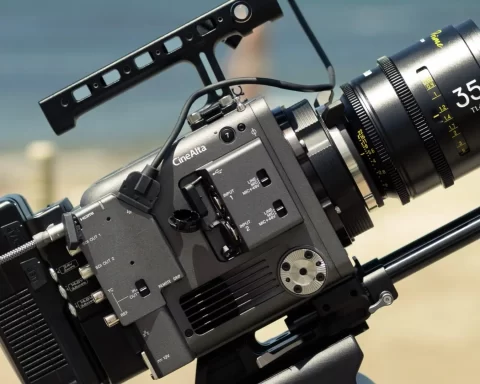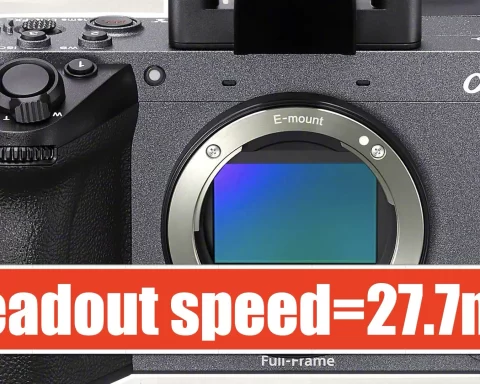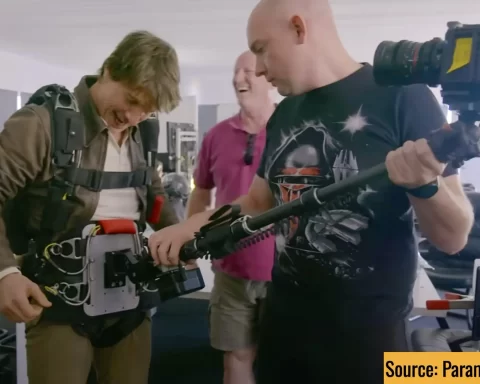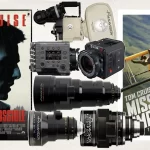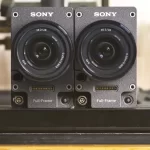The making of The Fire Inside, directed by renowned cinematographer Rachel Morrison, ASC, marked an interesting educating case in cinema—both as a testament to Morrison’s versatility and a masterclass in achieving a classic ‘film look’ with cutting-edge digital tools. The film’s production faced multiple delays, but the technical finesse showcased by Morrison and her team turned these challenges into opportunities to refine their craft. This article delves into the intricate details of how Morrison and cinematographer Rina Yang, BSC, leveraged the Sony VENICE and Panaspeed lenses to achieve a cinematic aesthetic and how they innovatively shot fight scenes to immerse audiences.
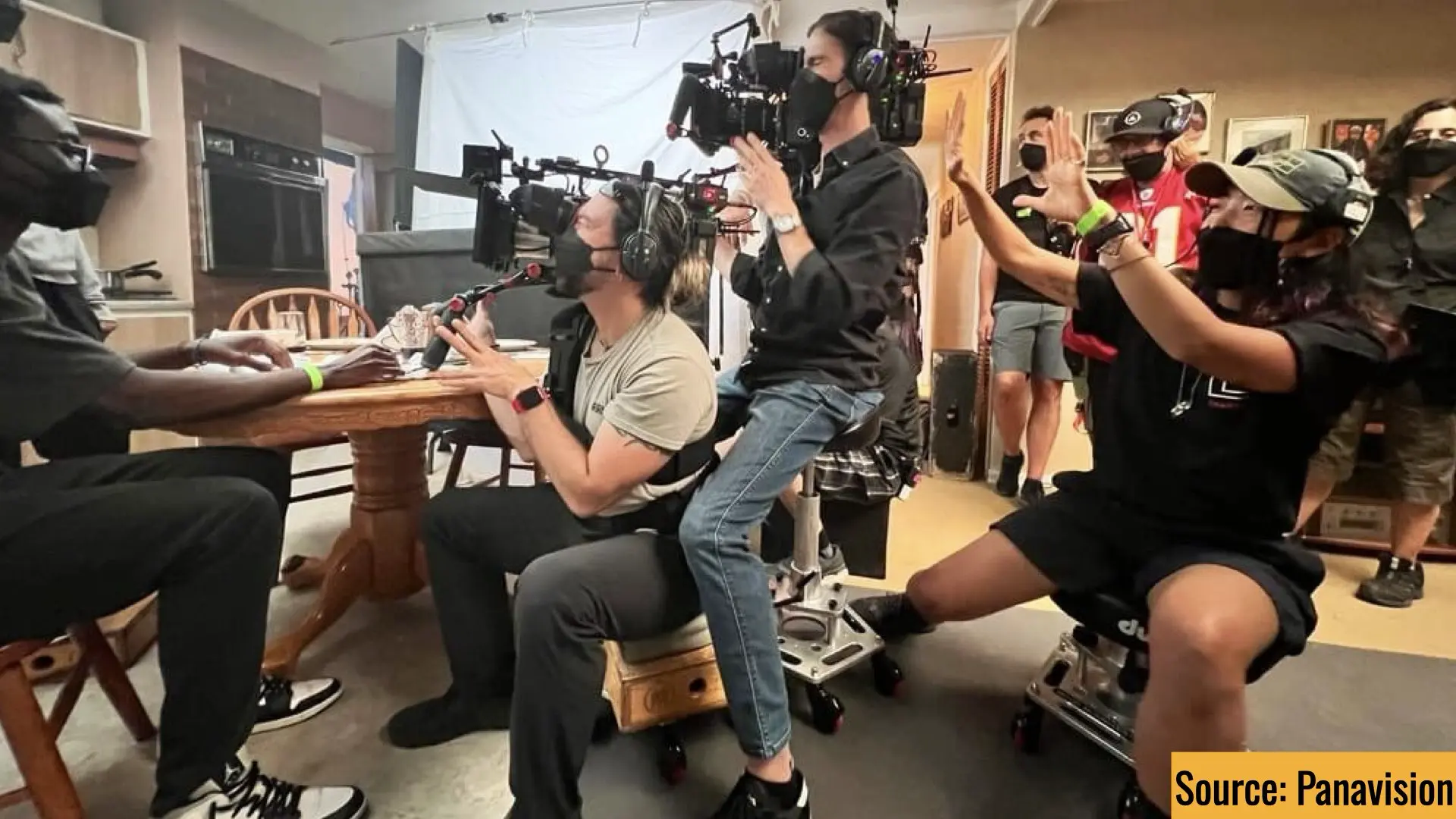
The Tools Behind the Vision
Sony VENICE and Rialto Extension System
The Sony VENICE, a flagship full-frame digital cinema camera, was central to the production’s visual strategy. Known for its excellent codec (X-OCN) and dual base ISO capabilities, the VENICE provided the dynamic range and color fidelity essential for crafting nuanced imagery. Morrison and Yang utilized the Rialto extension system, which separates the VENICE’s sensor block from the camera body, enabling unparalleled flexibility for shooting in confined spaces—a crucial advantage for the film’s intense fight scenes.
Why Sony VENICE?
- Dynamic Range: The VENICE offers over 15 stops of dynamic range, preserving highlight and shadow details crucial for creating a cinematic feel.
- Color Science: Its proprietary color science captures rich skin tones and subtle gradations, due to its wonderful codec (X-OXN), enhancing the human drama central to The Fire Inside.
- Dual Base ISO: With base ISOs of 500 and 2500, the VENICE excels in both daylight and low-light conditions, enabling the crew to maintain consistency across varied lighting scenarios.
- One of the best high-end cinema cameras in the market.
Panavision Panaspeed Lenses
To complement the VENICE, the production chose Panaspeed lenses, a modern reimagining of vintage glass. Known for their soft focus roll-off and warm tones, these lenses were instrumental in achieving the ‘film look’ that Morrison envisioned.
Key Features of Panaspeed Lenses:
- Large Format Coverage: Designed for large-format sensors like the VENICE, Panaspeed lenses capture expansive imagery without sacrificing optical quality.
- Organic Bokeh: The lenses produce creamy, cinematic bokeh, enhancing depth and isolating subjects beautifully.
- Subtle Aberrations: Their controlled imperfections, such as slight chromatic aberration, mimic the characteristics of classic film lenses.
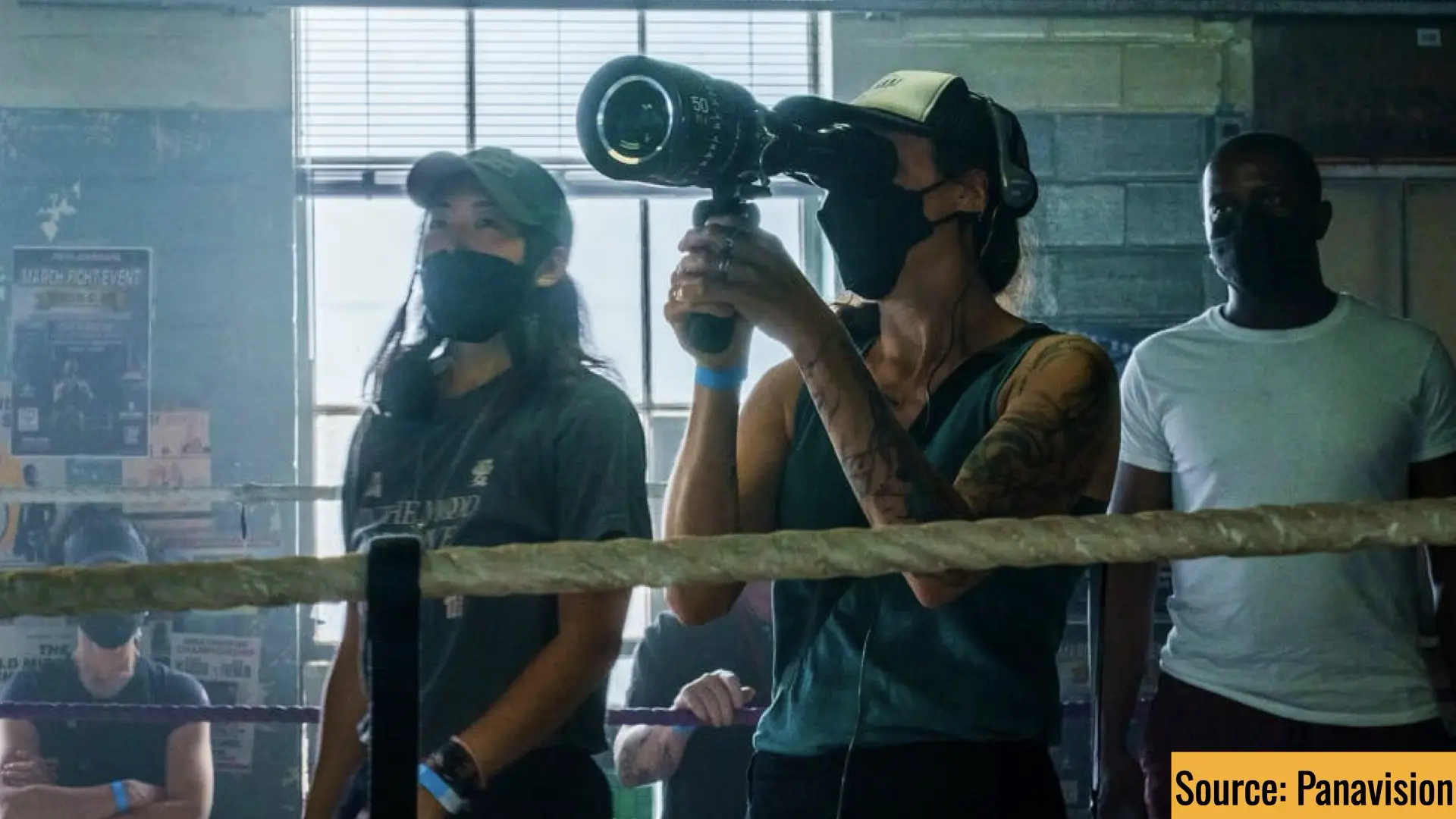
Achieving the ‘Film Look’
Softening the Digital Edge
Digital cinema cameras like the VENICE are known for their precision and clarity—sometimes to a fault, as the hyper-realistic imagery can feel clinical. Morrison and her team adopted several techniques to soften this edge and achieve a more filmic aesthetic:
- Diffusion Filters:
- The crew employed Pro-Mist filters to subtly diffuse highlights and reduce contrast, emulating the halation seen in celluloid film.
- These filters also added a gentle bloom to practical light sources, enriching the visual texture.
- Underexposure and Overexposure Tactics:
- Morrison strategically underexposed certain scenes to retain shadow detail and create a moody, film-like ambiance.
- Highlights were slightly overexposed in high-key scenes, mimicking the latitude of film stock.
- In-Camera LUTs:
- A custom LUT designed specifically for the VENICE was applied during production to desaturate overly vibrant colors and reduce digital sharpness.
- This LUT was calibrated to retain the warm, earthy tones characteristic of classic cinema.
- Naturalistic Lighting:
- Morrison prioritized soft, diffused lighting to avoid harsh contrasts. Techniques included bouncing light off large reflectors and using practicals for a natural glow.
- Grain Addition in Post:
- To further emulate film, subtle grain was added in post-production. This wasn’t overdone but carefully calibrated to enhance the organic feel of the visuals.
Why Panaspeeds?
The Panaspeed lenses amplified these techniques by naturally softening highlights and rendering colors with warmth. Their large aperture capabilities allowed for shooting at wide-open f-stops, creating shallow depth of field that isolated subjects and enhanced the cinematic quality.
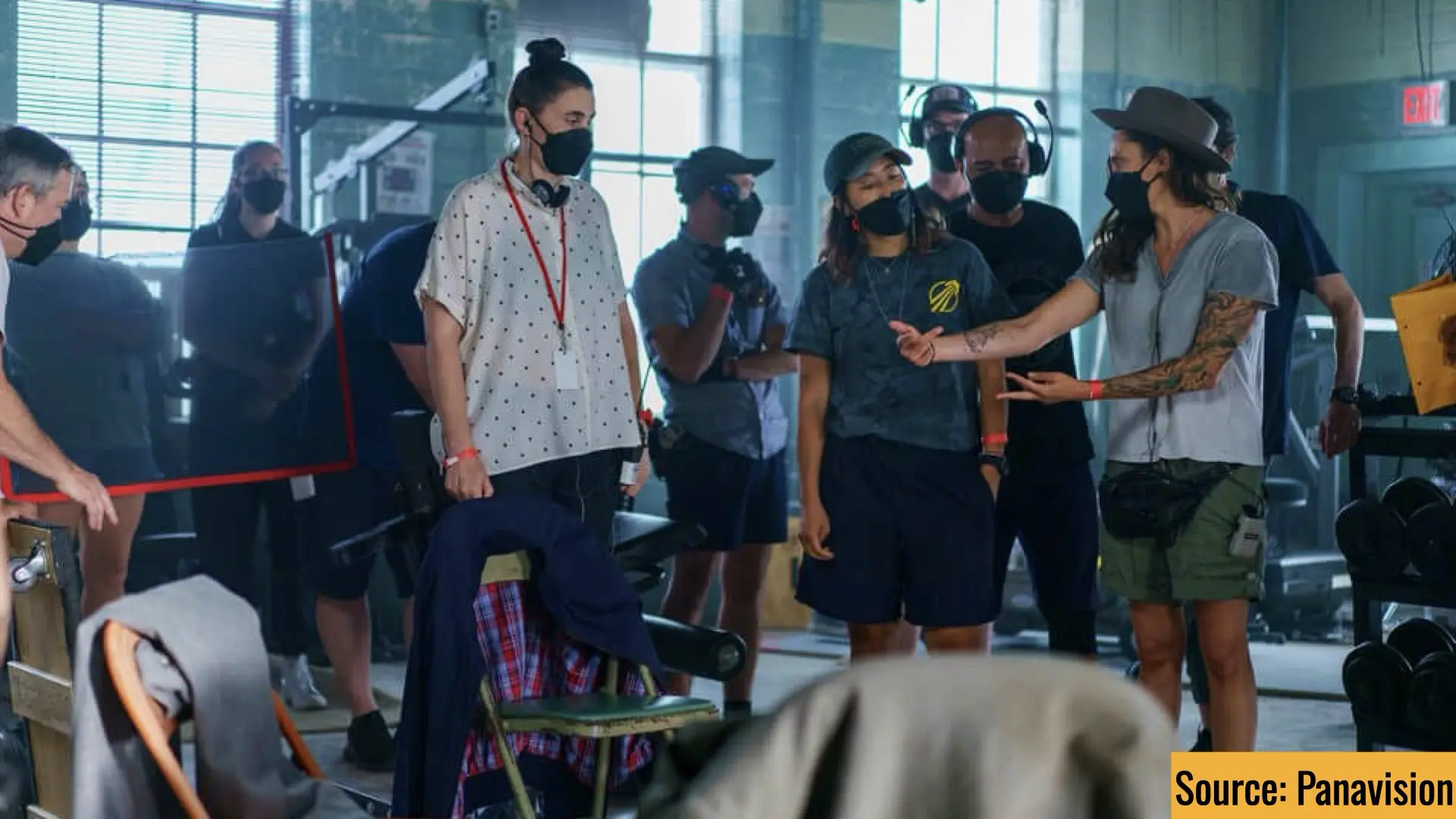
Shooting Dynamic Fight Scenes
Compact and Agile: The Rialto Advantage
For The Fire Inside’s gritty, close-quarters fight sequences, the Rialto system proved invaluable. By detaching the sensor block from the VENICE body, the team achieved:
- Mobility: The lightweight sensor block could be mounted on gimbals, handheld rigs, and even tight spaces like car interiors.
- Proximity: The ability to get closer to the actors allowed for more immersive shots, making viewers feel part of the action.
High Frame Rates for Precision
The VENICE’s high frame rate capabilities (up to 60fps in full-frame mode) enabled the crew to capture fight scenes in slow motion. This provided:
- Clarity: Each punch and movement was rendered with precision.
- Dramatic Impact: Slow motion heightened the emotional intensity of the fights, emphasizing physical and emotional stakes.
Nevertheless, the crew hasn’t utilized that in the project since it impairs the cinematic look & feel of 24 FPS. Thus, this statement is more relevant to sports events and not to narrative projects.
Camera Movement and Blocking
Morrison worked closely with Yang to choreograph camera movements that mirrored the chaos of the fights. Techniques included:
- Handheld Cinematography: Adding an organic, unpredictable quality to the action.
- Dynamic Gimbals: For smoother motion during tracking shots, gimbals were employed, balancing stability with energy.
- Tight Framing: Close-ups and mid-shots dominated the fight scenes, drawing attention to the characters’ emotions and physicality, by using focal lengths of 29mm and 40mm.
Lighting for Fights
Lighting for the fight scenes was designed to enhance contrast and texture:
- Practical Lighting: Streetlights and neon signs were integrated into the set, creating a naturalistic yet dramatic ambiance.
- Backlighting and Silhouettes: To accentuate movement and drama, strong backlighting was used to create striking silhouettes.
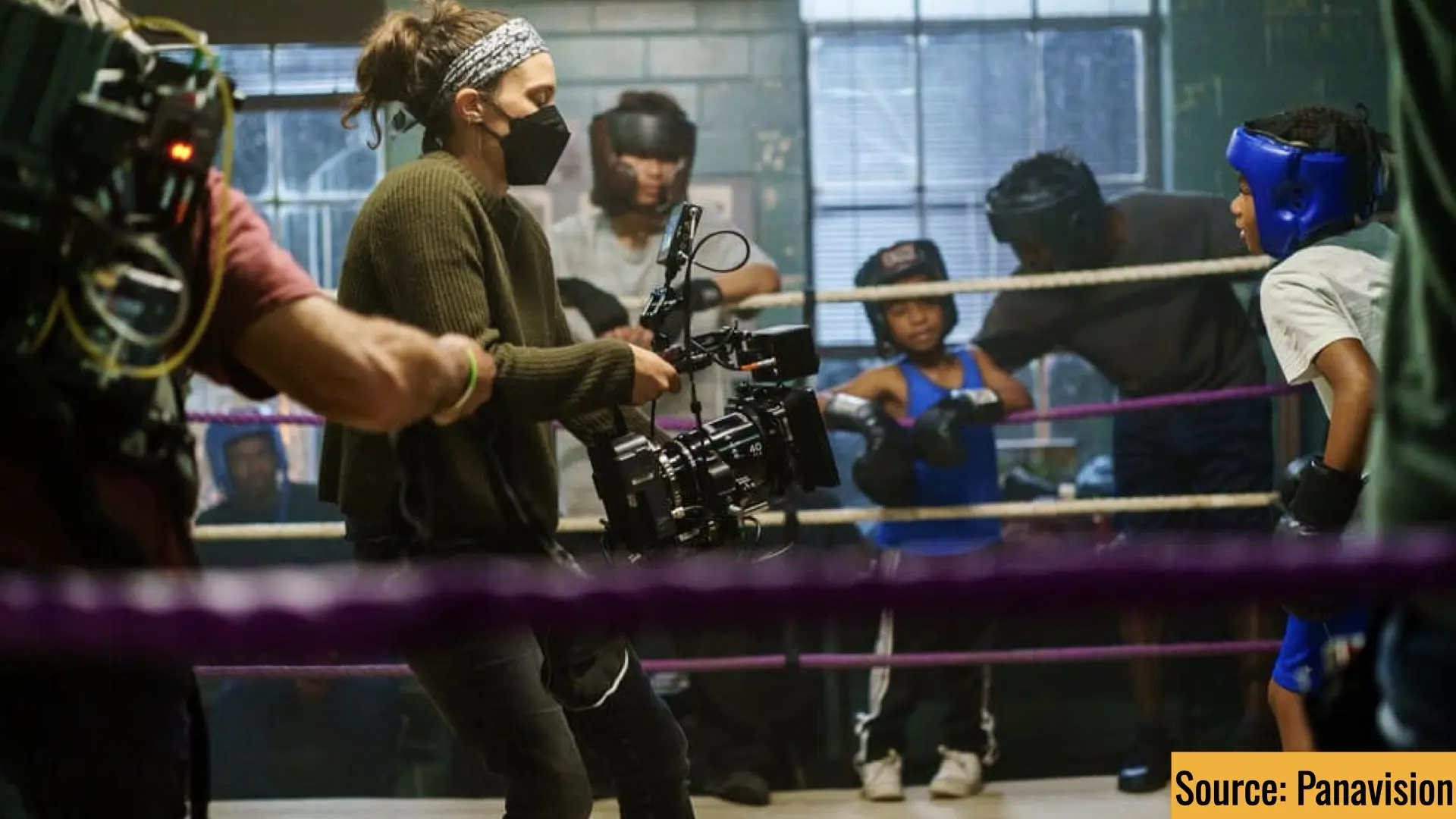
Lessons for Filmmakers
- Achieving the ‘Film Look’:
- Use diffusion filters and naturalistic lighting to soften digital sharpness.
- Choose lenses that offer organic characteristics and complement large-format sensors.
- Employ custom LUTs and grain in post-production for an analog feel.
- Shooting Fight Scenes:
- Leverage the flexibility of tools like the Rialto for confined spaces.
- Use high frame rates to capture impactful slow-motion sequences.
- Prioritize dynamic camera movements and lighting to enhance realism and intensity.
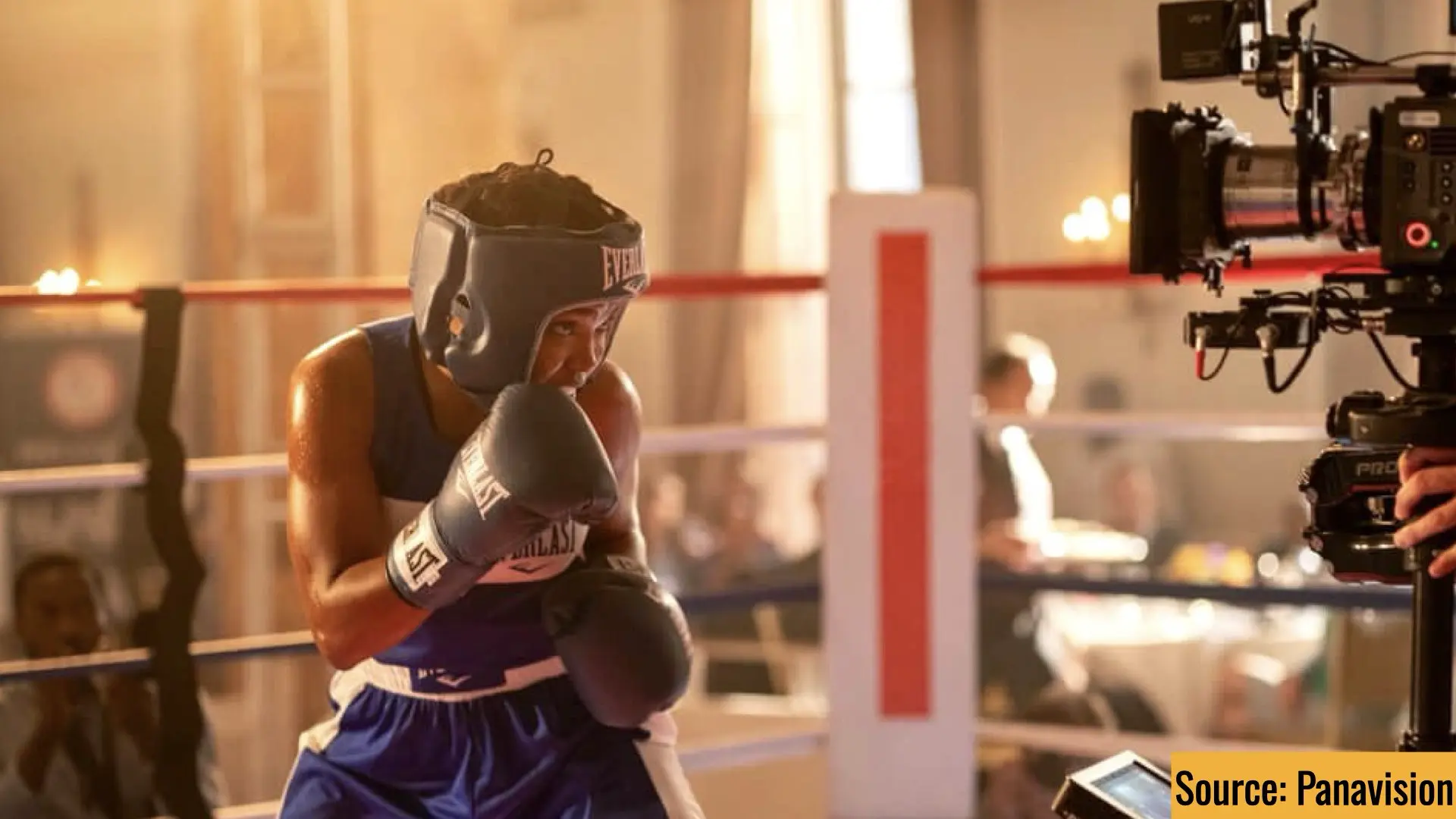
Conclusion
Rachel Morrison’s work on The Fire Inside is a testament to the artistry and technical skill required to bridge the gap between digital precision and cinematic nostalgia. By combining the capabilities of the Sony VENICE, the Panaspeed lenses, and innovative techniques, Morrison crafted a visually stunning film that serves as a masterclass for aspiring filmmakers. Whether you’re aiming for the ‘film look’ or designing complex fight scenes, the lessons from The Fire Inside can be used as a reference. Check out the trailer below:

